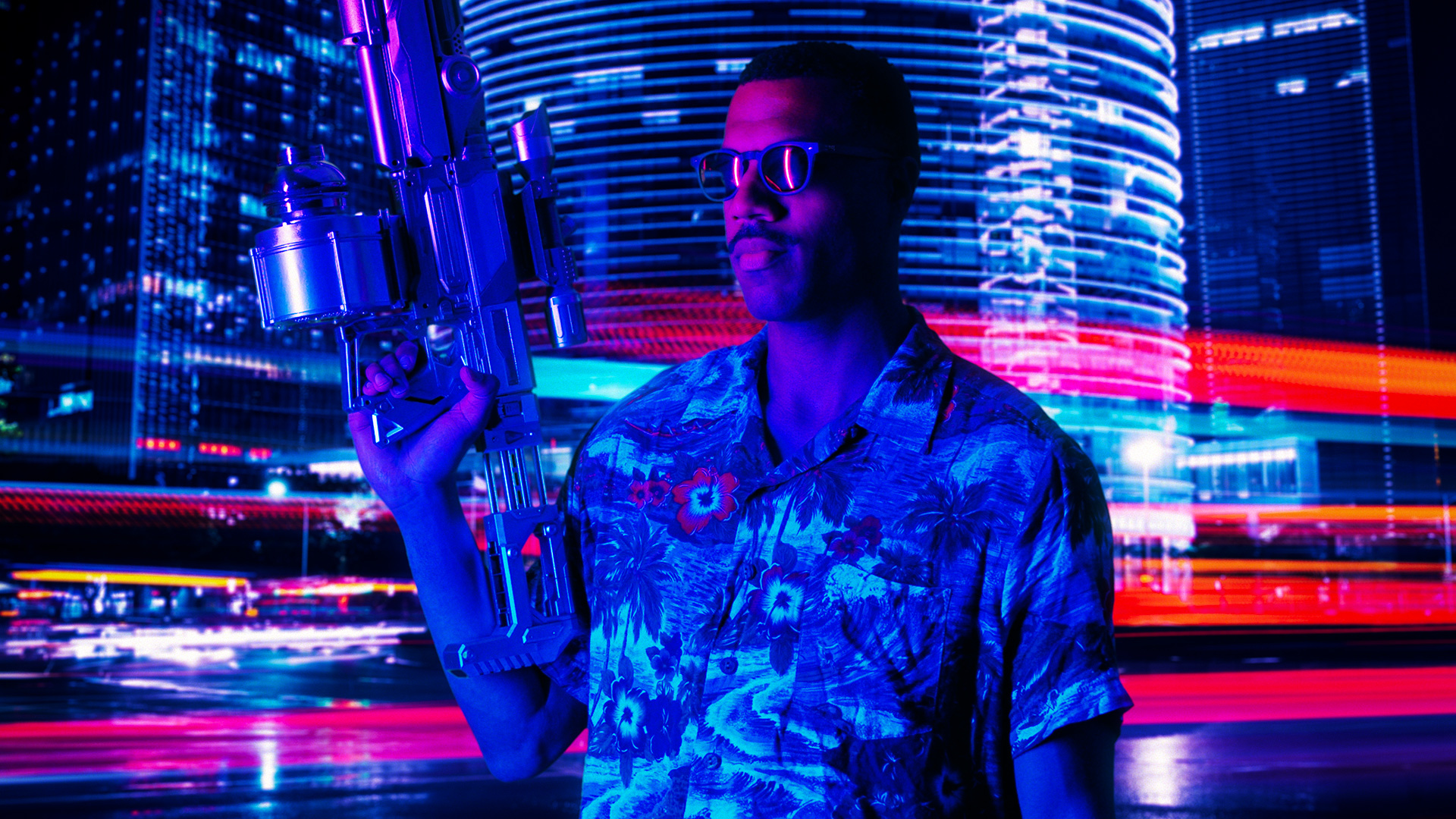
The current version is the fourth generation of the Primatte technology and has features such as ‘Auto-Compute’ that automatically detects the backing screen color, eliminates it and does clean-up on the foreground and backing screen area noise.

Since then it has been ported to almost every major compositing and editing software application on the market. This alleviated the need to save the images, exit the host compositing application, start Primatte, load the images, create the chroma key, save the images, start the host application, load the images and continue creating the composition.


It was initially released as a stand-alone product on Silicon Graphics workstations but it was later determined to be more useful as a ‘plug-in’ actuated from within a host application. The basic algorithm utilized in Primatte was originally presented at the 8th NICOGRAPH Conference and the 23rd Imaging Technology Conference and a U.S. The Primatte algorithm was created by Yasushi Mishima while working at IMAGICA Corporation in Tokyo, Japan in 1992. Rough edges can be minimized to achieve a smoother transition between the edges of the ‘chroma keyed’ foreground object and the user selected background image. A large amount of film grain will often cause rough edges around the foreground object. Such ‘colorspill’ can be removed and replaced with several options to achieve a more realistic result.Īnother problem is chromakeying images that were created on film stock is that some film stocks have a distinct ‘ film grain’ to them. This is most common when filming blonde people against a blue or greenscreen as their translucent hair will absorb the backing screen color.

If the foreground object was filmed close to the backing screen or with less than ideal lighting conditions, the foreground object will usually have ‘spill’ somewhere on it. This allows the user to replace the solid colored background with a background image of their choice. The solid colored background area is removed and replaced with transparency. Primatte is usually activated on a foreground image with a person or other foreground object filmed or digitized against a solid colored background or backing screen usually a bluescreen or a greenscreen.


 0 kommentar(er)
0 kommentar(er)
